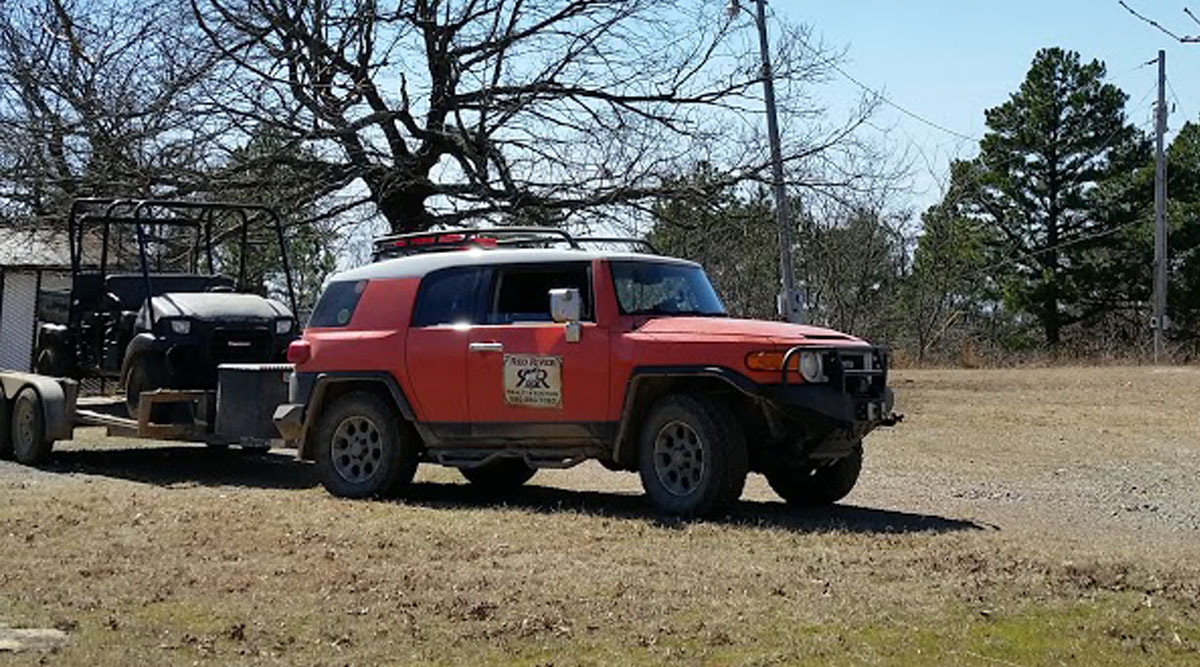Can you believe I overheard a “rash” comment around the campfire from Chuck? He told his tale while the firelight flickered and the aroma of woodsmoke enhanced his heroic story-the listeners were captivated. The story was about the time he and he son camped in a bed of poison ivy, and it didn’t bother him or his son a bit! He went on to say he was completely immune to the stuff – I certainly believed it – he’s one tough guy (he’s even survived a rattlesnake bite! But that’s another story!) Imagine my surprise when I heard through the vine (love my puns) that he had to make an emergency trip to the doctor for shots and other meds and bath soaks due to a severe outbreak of poison oak!
I thought I’d dispel a few myths about the active ingredient in the plants so the rest of you won’t fall prey to an ugly, and I mean ugly and itchy outbreak, which Chuck can brag about around the next campfire. The stuff is aggravated by heat, sun, and sweat, and I can’t begin to repeat what Chuck had to say about that here! The only nice thing is he smells so sweet after his colloidal oatmeal baths! Sounds like a cocktail to me.
Happy trails,
TRAVELER
Urushiol Oil is the stuff in poison Oak & ivy (poison sumac too) that folks are allergic to:
- Only 1 nanogram (billionth of a gram) needed to cause rash
- Average is 100 nanograms for most people
- 1/4 ounce of urushiol is all that is needed to cause a rash in every person on earth
- 500 people could itch from the amount covering the head of a pin
- Specimens of urushiol several centuries old have found to cause dermatitis in sensitive people.
- 1 to 5 years is normal for urushiol oil to stay active on any surface including dead plants
- Derived from urushi, the Japanese name for lacquer
Myth vs. Fact
- Myth – Poison Ivy rash is contagious.
- Fact – Rubbing the rashes won’t spread poison ivy to other parts of your body (or to another person). You spread the rash only if urushiol oil — the sticky, resin-like substance that causes the rash — has been left on your hands.
- Myth – You can catch poison ivy simply by being near the plants.
- Fact – Direct contact is needed to release urushiol oil. Stay away from forest fires, direct burning, or anything else that can cause the oil to become airborne such as a lawnmower, trimmer, etc.
- Myth – Leaves of three, let them be
- Fact – Poison sumac has 7 to 13 leaves on a branch, although poison ivy and oak have 3 leaves per cluster.
- Myth – Do not worry about dead plants
- Fact – Urushiol oil stays active on any surface, including dead plants, for up to 5 years.
- Myth – Breaking the blisters releases urushiol oil that can spread
- Fact – Not true. But your wounds can become infected and you may make the scarring worse. In very extreme cases, excessive fluid may need to be withdrawn by a doctor.
- Myth – I’ve been in poison ivy many times and never broken out. I’m immune.
- Fact – Not necessarily true. Upwards of 90% of people are allergic to urushiol oil, it’s a matter of time and exposure. The more times you are exposed to urushiol, the more likely it is that you will break out with an allergic rash. For the first time sufferer, it generally takes longer for the rash to show up – generally in 7 to 10 days.
Information from – https://poisonivy.aesir.com/view/fastfacts.html




